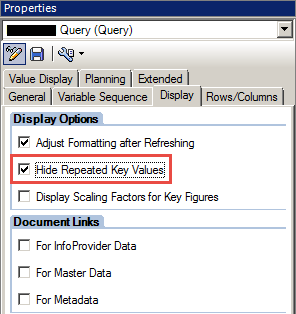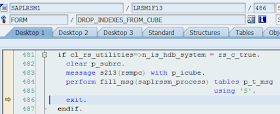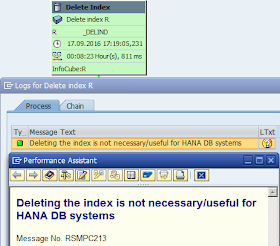While
ABAP programmers do coding of report in ABAP before it runs it needs to be
activated and generated. The activation
basically means that all syntax checks takes place and active version of the
report is stored. Then during generating
phase a load version is created. The load version is actually the one which
is executed when the report runs.
You
may have already observed generating phase e.g. in case if you run new t-code
which wasn’t run by anyone in the system yet there is a Compiling … message
shown in system bar of SAP GUI. This happens usually after upgrades when some
part of SAP standard code was overwritten by upgrade. Then ABAP code that was upgraded
needs to be re-generated. To speed up this process and prevent users to see
this message a job can be scheduled via t-code SGEN.
However
there are some limits into which the ABAP report can run into during the
generation. There are limits with regards to no of global variables, generic global
field symbols, Components (of structures etc.), literals, classes, interfaces,
events, methods, local Data and many more. Usually no custom ABAP reports are
that big that could reach these limits. However really “large” ABAPs like
generated ones e.g. from SAP BW transformations which may have even 10k lines
and more these may run into these limits.
To
evaluate whether some report doesn’t reach into the limits you can use standard
ABAP report called BC_ABAP_GEN_LIMITS.






